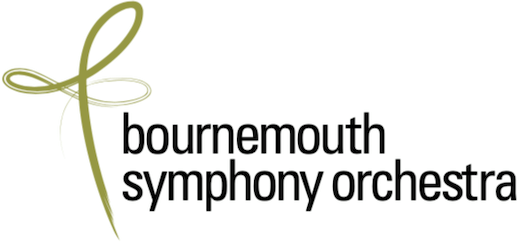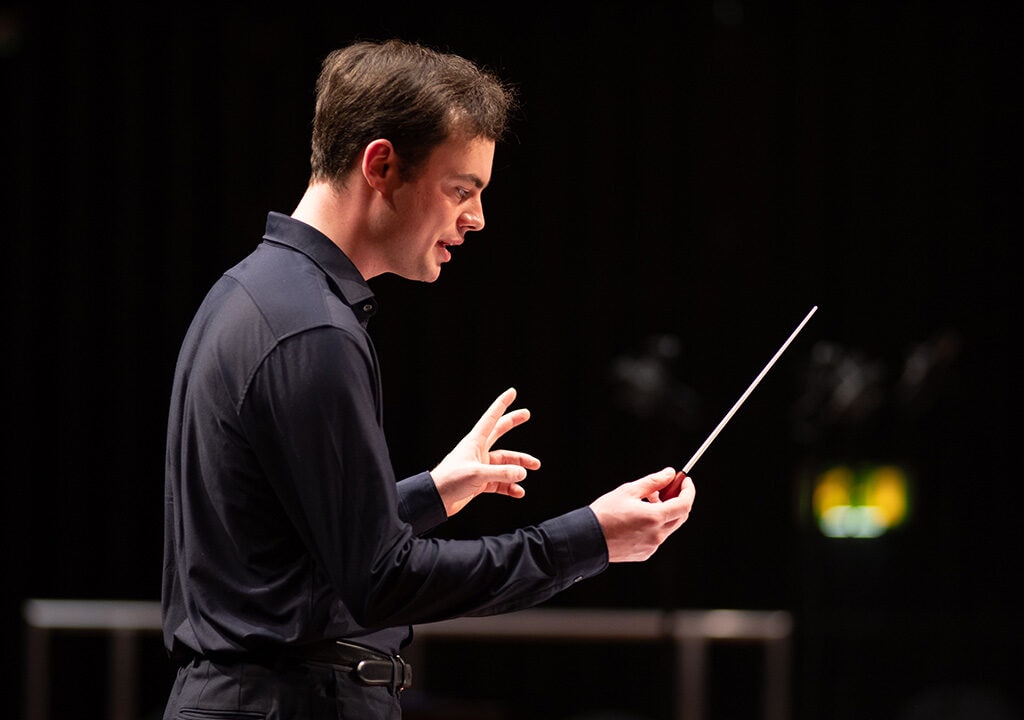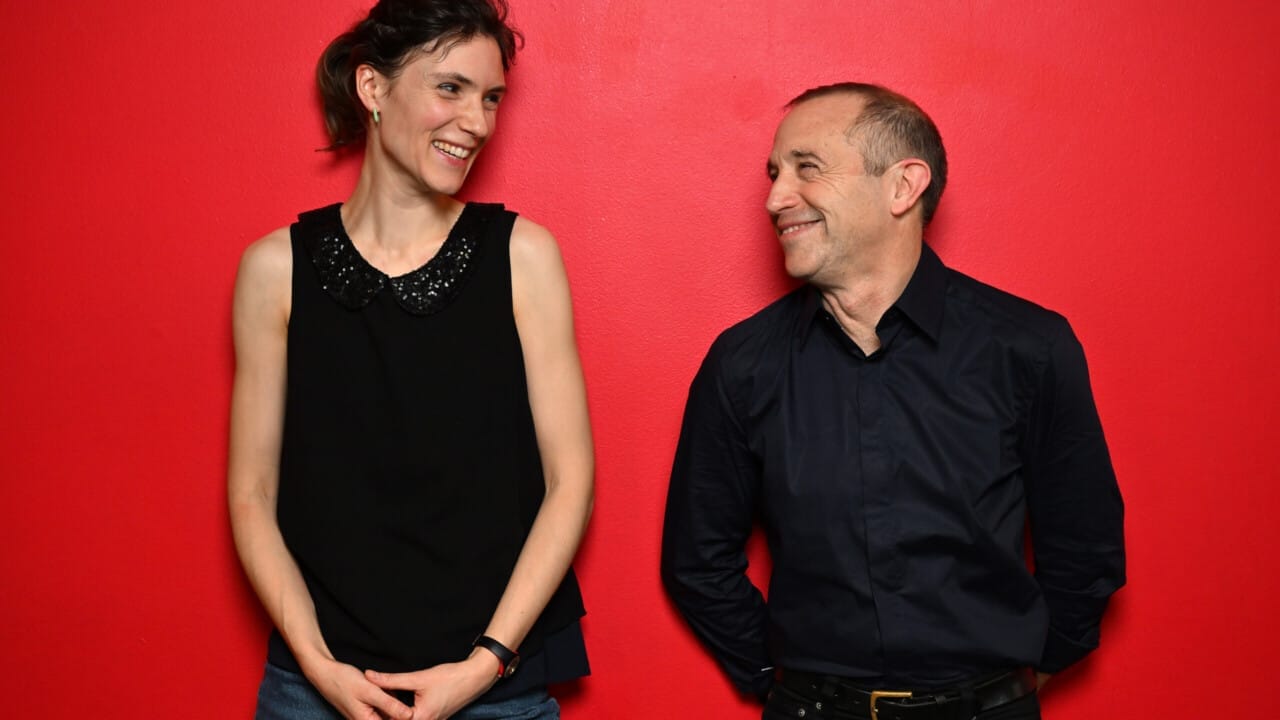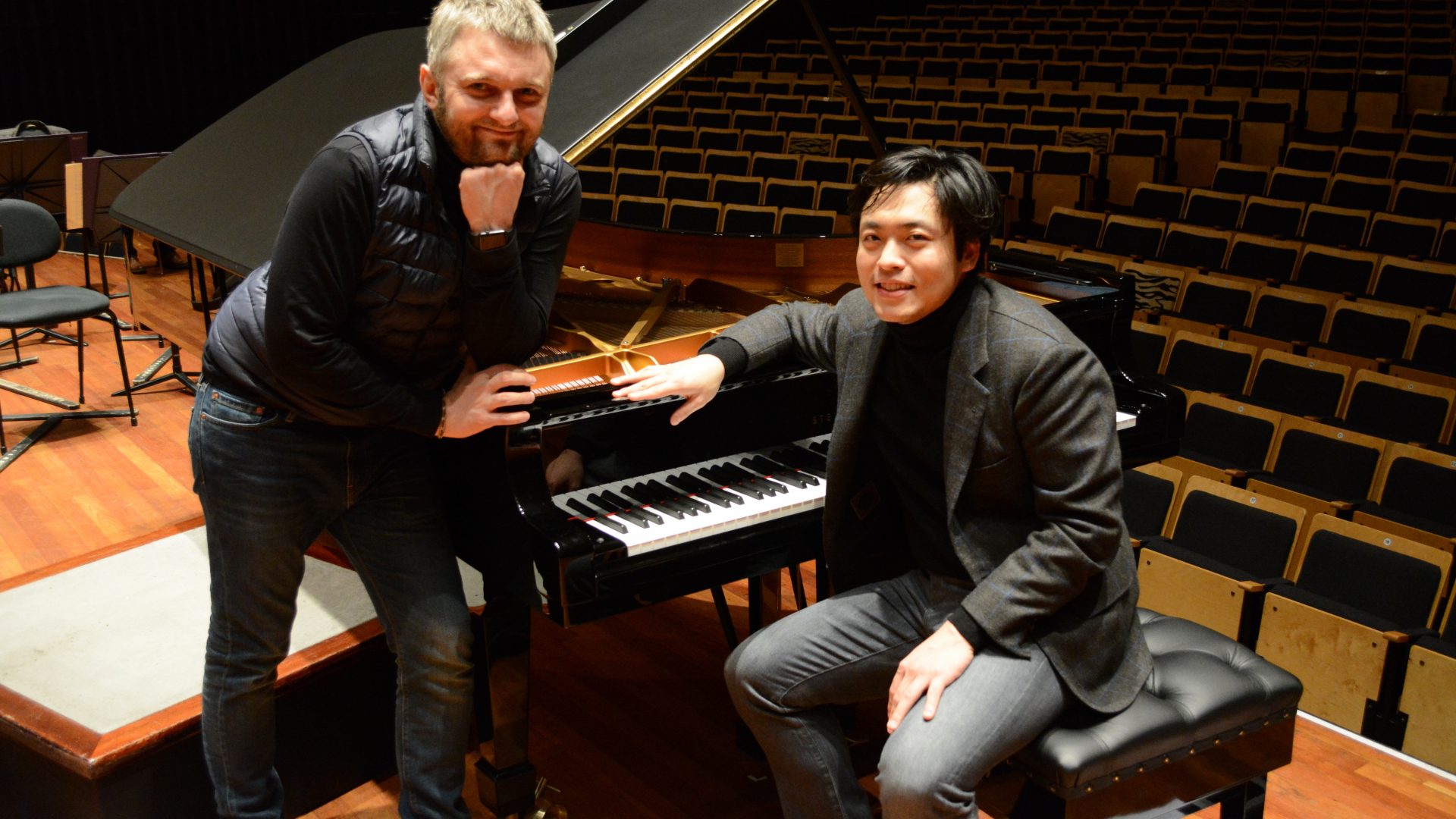Debussy’s seductive painting of a sultry sun-drenched Sicilian afternoon marked a turning point in musical history, with its tenuous grasp of tonality and harmony. It weaves a tantalising veil of hypnotic colours and textures. Bartók wrote his Second Piano Concerto as a counterpart to the first. It is thematically more agreeable and with fewer difficulties for the orchestra. This intention explains the more folk-like, lighter character of most of the themes. The overall architecture of the work is intricately planned and reveals Bartók’s characteristic fascination with symmetrical patterns. This use of the piano as an inherently percussive instrument which informs the texture and sound colors of each movement. With references to the brilliant warmth and light of Italy and the rugged grandeur of the Cornish coast, Elgar’s Second Symphony is far more complex and deeply personal than his First. Riddled with doubts, questioning and conflict it reflects not only the true spirit of the age but also the personality of the composer as it meanders from extrovert exuberance to melancholy introversion. Pouring into it untold depths of emotion, Elgar himself stated that “I have written out my soul”.
2024/25 BSO Digital Concert Season Ticket
17 digital concerts - only £150 online concerts from October to May2024/25 BSO Digital Concert season ticket. Access to 17 concerts for just £150. Enjoy the BSO from the comfort of your own home.
Find out more




